Artificial intelligence is becoming more and more important in today's world. OpenAI has become a key player in helping developers harness the potential of AI in their applications. Whether it’s building a chatbot using GPT, creating images with DALL·E, or transcribing speech using Whisper, all of this is made possible through OpenAI’s powerful APIs.
To get started, however, you need something essential—a working OpenAI API key and credits in your account. This guide will walk you through the updated 2025 process for generating your API key, setting up your environment, and funding your account so you can begin using OpenAI's services with confidence.
An API key is a unique string of characters that acts like a digital passport. It identifies your application and permits it to access OpenAI’s tools and models. Every time your app sends a request to OpenAI, it uses this key for authentication. Without it, you can’t interact with the API. But that’s not all. To use the key effectively, you’ll also need to add credits to your account since OpenAI APIs are chargeable. Each API call deducts credits based on usage.
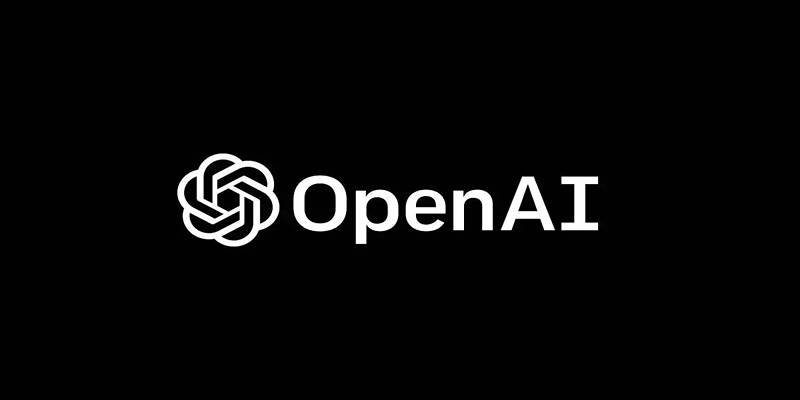
Creating an API key isn’t complicated, but it involves a few specific steps. Let’s walk through them one by one.
Go to the OpenAI Developer Platform. You can either sign in using your credentials or create a new account.
If you’re signing up for the first time, you’ll need to provide:
Once submitted, you’ll be directed to the OpenAI dashboard, where your journey begins.
OpenAI uses a “project” system to organize API keys, access control, and billing. Projects act like folders to group your usage and resources.
To create a project:
Once created, select that project from the list. All your API keys and billing info will now be tied to this project.
If you’re a new user, OpenAI will require you to verify your phone number before generating any API key.
To do this:
Phone verification ensures better security and helps prevent abuse of the platform.
Once your account is verified and your project is active, it’s time to generate your first API key.
Here’s how:
Once you hit Create, your API key will be displayed.
Important:
You will only be shown the key once. Copy and store it in a secure place like a password manager. If you lose it, there’s no way to retrieve it—you’ll need to create a new one.
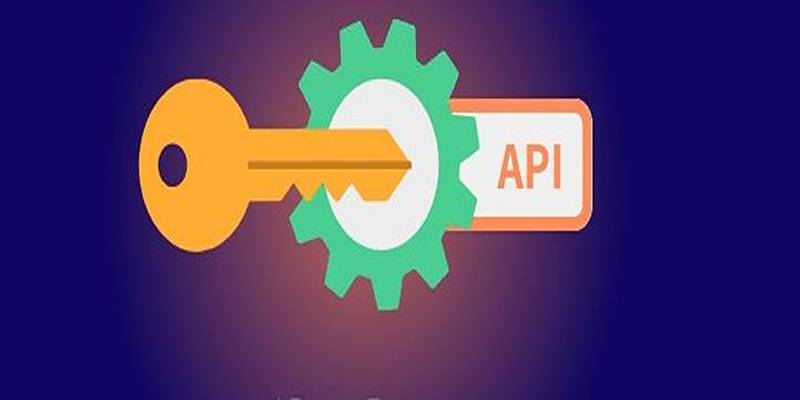
OpenAI offers two distinct types of API keys:
Pick the type that suits your use case. For personal experimentation, a personal key is fine. For production environments, go with a service account key.
Your API key is generated—but you won’t be able to use it unless your account has credit. OpenAI is a paid service, and every token processed incurs a cost. Here’s how to add credits:
On the dashboard, click Settings > Billing. This section shows:
Click “Add payment details”. You’ll be prompted to provide:
After filling in the details, click Continue to move forward.
Now, select how much credit you want to add. The minimum is typically $5, and you can add amounts like $10, $20, $50, or even $100.
OpenAI also gives you the option to set up auto-recharge. It means:
Once your payment is processed, the new balance will reflect on your dashboard and your account will be ready to make API requests.
And that’s it—you now know how to generate your own OpenAI API key, verify your account, and add credits to begin building with AI. From chatbots and image generators to automated workflows and data analysis, the potential is limitless once your API is up and running. With credits added and limits configured, you can start innovating without the fear of accidental overuse or runaway charges.
OpenAI gives you the power of next-generation AI at your fingertips—you need the right setup to tap into it. Whether you’re a solo developer, a student, or an enterprise innovator, this key opens the door to some of the most advanced technology available today.

AI changes the workplace and represents unique possibilities and problems. Find out how it affects ethics and employment

How does Qualcomm's latest AI startup acquisition reshape its IoT strategy? Here's what this move means for edge intelligence and smart device performance

Natural Language Processing Succinctly and Deep Learning for NLP and Speech Recognition are the best books to master NLP

AI in wearable technology is changing the way people track their health. Learn how smart devices use AI for real-time health monitoring, chronic care, and better wellness

The development of chatbots throughout 2025 will lead to emerging cybersecurity threats that they must confront.

Learn how to lock Excel cells, protect formulas, and control access to ensure your data stays accurate and secure.

Elon Musk’s xAI unveils Grok 3, a smarter and more candid AI chatbot, and announces plans for a massive South Korean data center to power future innovations in artificial intelligence

Can artificial intelligence make us safer? Discover how AI improves security, detects threats, and supports emergency response
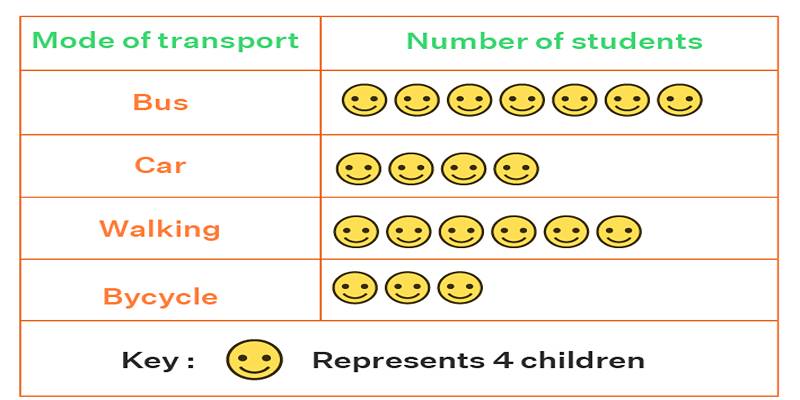
Learn what a pictogram graph is, how it's used, and why it's great for data visualization. Explore tips, examples, and benefits.
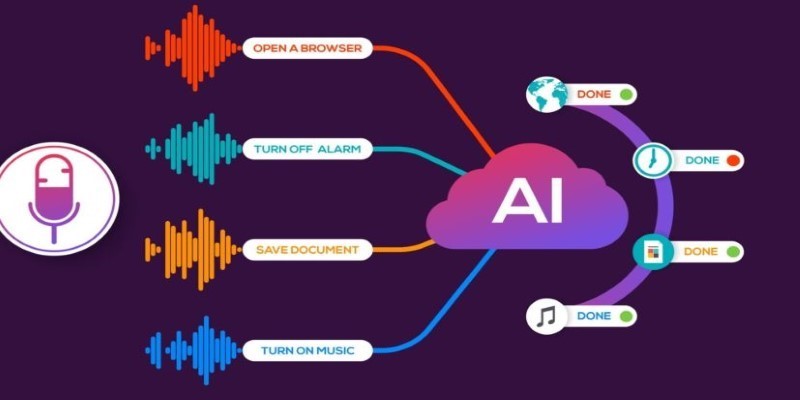
Speech recognition uses artificial intelligence to convert spoken words into digital meaning. This guide explains how speech recognition works and how AI interprets human speech with accuracy

Nvidia Acquires Israeli AI Startup for $700M to expand its AI capabil-ities and integrate advanced optimization software into its platforms. Learn how this move impacts Nvidia’s strategy and the Israeli tech ecosystem
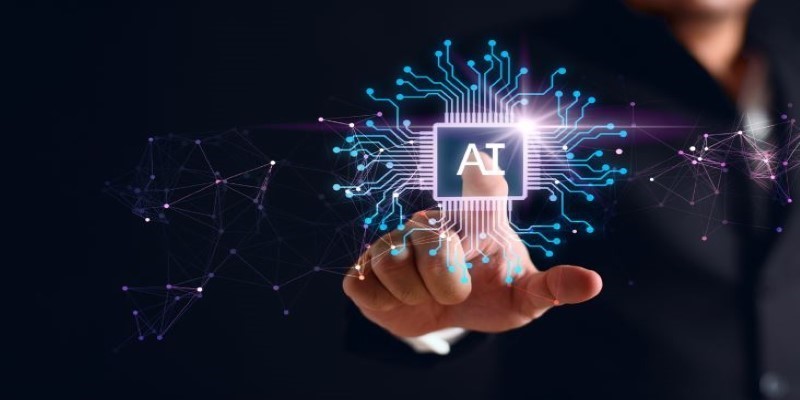
How leveraging AI into your business can help save time, reduce repetitive tasks, and boost productivity with simple, smart strategies